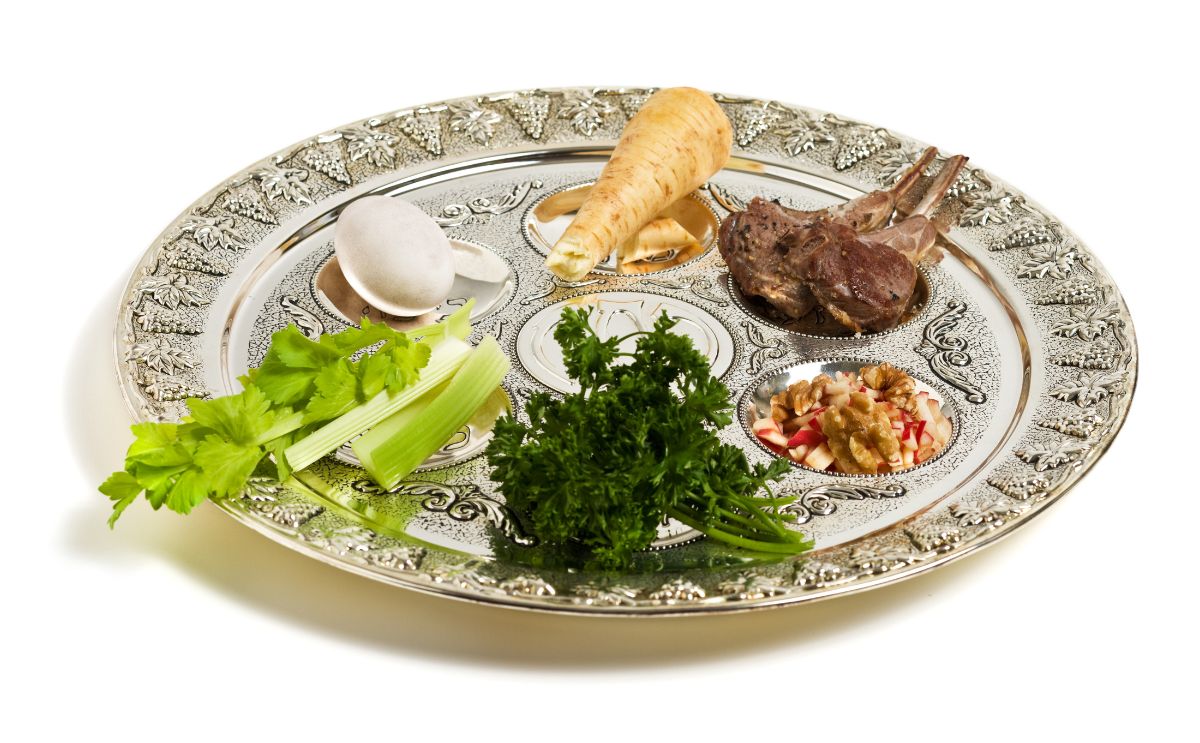
There are many mitzvot that are meant to help us remember the Exodus from Egypt. Each year, Jews around the world experience the Exodus at their Seders, and the Haggadah helps us move through the Exodus with a carefully designed order of stories, songs, and special foods. Each section illuminates a part of the story that tells the quintessential moment of the Jewish people. By personalizing the story, we build an understanding of the symbols, the meaning of the history, and the values that link us one to another.
I believe there are five elements in particular that help us to make the Exodus a part of our own experiences. Let’s consider these five elements that lead us to reenact the Exodus from Egypt.
SEDER—The word סֶדֶר (seder)means order. The Haggadah has fifteen carefully crafted steps that lead us from slavery to freedom. One could think of this as a moral reordering of the world. The Seder brings order from chaos. By freeing the oppressed from bondage and restoring order to the world, we move forward to freedom.
Think about in what ways we can help bring order to the world.
FOODS—On Pesach, we eat many special foods designed to trigger memories. Each food links us to the themes of Pesach through smell, taste, and appearance. One of my favorites is charoset. The charoset accompanies the maror (bitter herbs), easing our memories of the bitter labor that we endured in Egypt. On its own, charoset tastes sweet; but it looks like the mortar that held the bricks together to build the pyramids. The sweet taste is experienced with the visual reminder of the hardship of slavery.
Discuss how hardship can amplify joy. Can we have true joy without experiencing hardship first?
CHAMETZ—On Pesach, we don’t eat anything that is leavened (puffed up). As the first of the Four Questions points out, we can eat leavened food the rest of the year but not on Pesach. Chametz isn’t bad; it is just inappropriate for Pesach, when we try extra hard to be humble because we were slaves in Egypt. To prepare for Pesach, think about something to put aside in your own life because it puffs you up and write about it before your Seder.
Put the writings in a coffee can and burn the papers the way we burn the Chametz before Pesach.
SLAVERY AND FREEDOM—As we recline as free people and recall the Exodus, we read and try to understand the suffering of others. We can see Pesach as the apex of a series of holidays, both religious (e.g. Hanukkah, Purim) and secular (e.g. Thanksgiving, Martin Luther King, Jr. Day), that teach us about freedom, righteousness, and redemption. We acknowledge that, even today, there are those who are not free, either physically or spiritually. How we treat one another and stand up for each other can make a big difference in helping all to be free. There are active roles in our communities that must be prioritized for social change.
What did it mean to be an enslaved person in Egypt? What does it mean to be enslaved today? What does it mean to be a free person today? Choose a group that is not free and get involved in making a difference, so they too can live in freedom.
Emphasis on how we treat one another and in what ways it can lead us to freedom. Look at the holidays throughout the year and explore how Thanksgiving, Hanukkah, Martin Luther King Day, and Purim lead us toward freedom. Building on the concepts discussed throughout the year, we can consider Pesach the culmination of Freedom. We begin to understand the values that Pesach teaches, which are Freedom, Righteousness, and Redemption.
Preparing now with these thoughts for Pesach can help make the holiday even more meaningful.
Alissa C Zuchman, PhD
Director
